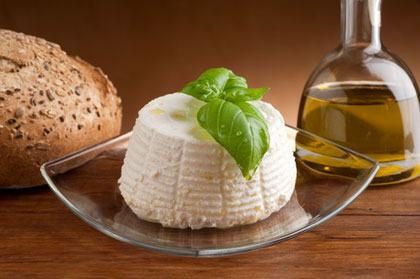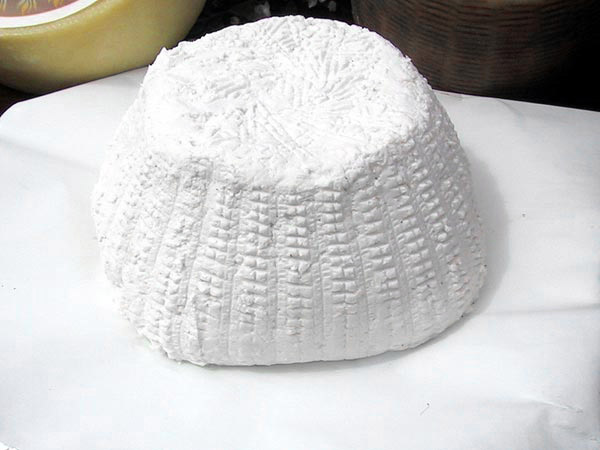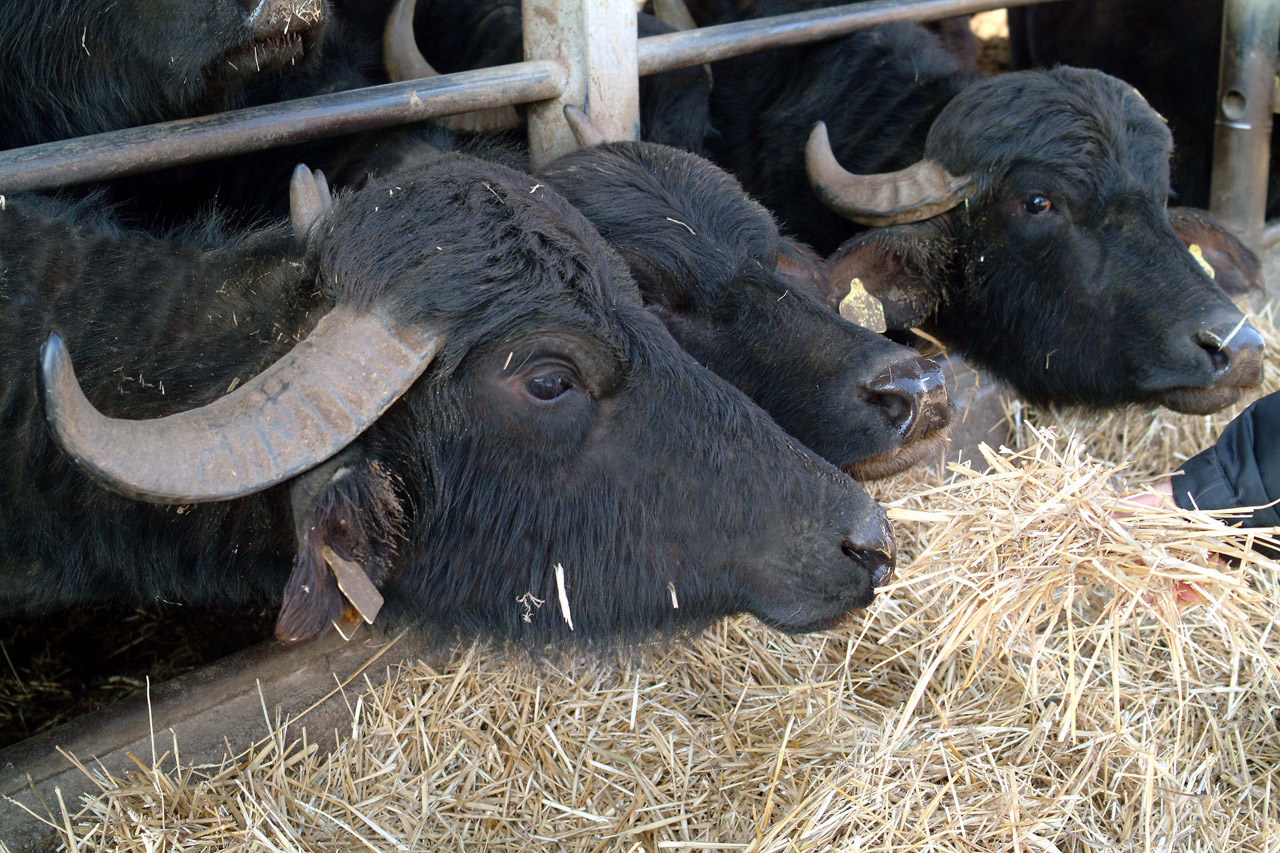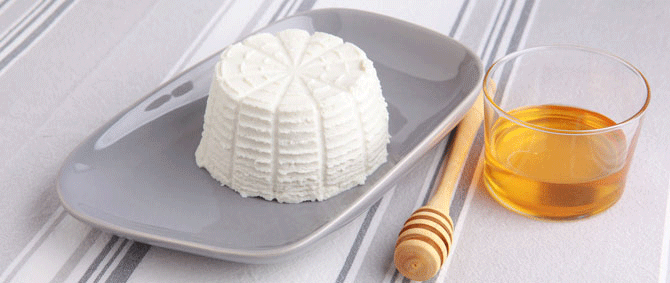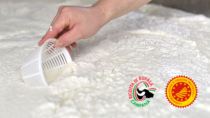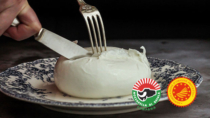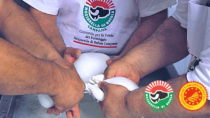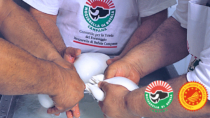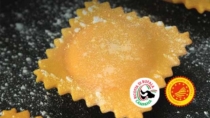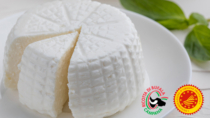Description
Ricotta di Bufala Campana PDO is a product obtained through the processing of the “first whey” (sweet) obtained from the milk of the Mediterranea Italiana buffalo breed used in the cheese-making process of Mozzarella di Bufala Campana PDO.
Production Area
The production area of Ricotta di Bufala Campana PDO is within parts of the provinces of Benevento, Caserta, Naples and Salerno in the Campania region; Frosinone, Latina and Rome in the Lazio region; Foggia in the Apulia region and Isernia in the Molise region.
Production Method
The “first whey” is sent to boilers to be heated immediately after the stabilising treatment. Buffalo milk and/or fresh cream can be added before or during the heating process. The heat determines the formation of soft, fine curd, which surfaces thanks to the presence of fat. The ricotta can be separated by hand with a perforated spoon, putting the wet curd into moulds or cloths, or mechanically with special extractors. Once it is separated from the whey, it acquires its definitive consistency. The product is then partially cooled. The product must be packaged within 24 hours of production, before or after it has been cooled down to 4°C. Fresh Ricotta di Bufala Campana PDO can be kept for up to 7 days after it is produced. To guarantee that the product can be preserved for longer, up to 30 days, the ricotta, drained from the whey, must undergo heat treatment; it can then be smoothed and homogenised to make it creamier.
Appearance and Flavour
Ricotta di Bufala Campana PDO can have either a truncated pyramid or cone shape, and weighs between 2 and 40 kg. The ricotta is porcelain white in colour and rindless; it has a grainy, but not sandy texture that is soft and creamy. The flavour is characteristic, fresh and slightly sweet, while the aroma is reminiscent of milk and cream.
History
Since the arrival of buffalo in central southern Italy in the 14th century, the production of buffalo ricotta and buffalo mozzarella has been very closely linked. One of the first mentions of ricotta cheese can be found in a cookbook written by Bartolomeo Scappi, chef at the Papal Court, in 1570. More detailed descriptions can be found in a monograph by Achille Bruni from 1859, Del latte e dei suoi derivati. Today there is renewed interest in this product and its valorisation.
Gastronomy
Ricotta di Bufala Campana PDO can be kept for a maximum of 30 days at a temperature of 4-5°C, whereas the Fresh variety can be kept for up to 7 days. It can be eaten on its own or used as an ingredient in many typical Neapolitan recipes, like the famous Pastiera Napoletana, a typical Easter cake made of ricotta and wheat, traditional symbols of family well-being and prosperity.
Marketing
The product is marketed as Ricotta di Bufala Campana PDO, with the Fresh typology indicated accordingly. It is sold year-round, packaged in paper, heat-welded food-grade plastic boxes or other food-grade packaging. Packs weighing up to 2 kg are allowed when the product is sold for retail, and up to 40 kg when it is sold for use as an ingredient in processed food.
Distinctive Features
The qualities that distinguish Ricotta di Bufala Campana PDO are its creamy texture, softness, colour and milky fragrance, which are the product of the characteristics of the buffalo milk in the production area, which is rich in fats and without lipase, an enzyme that can influence the sensory properties of fat.






